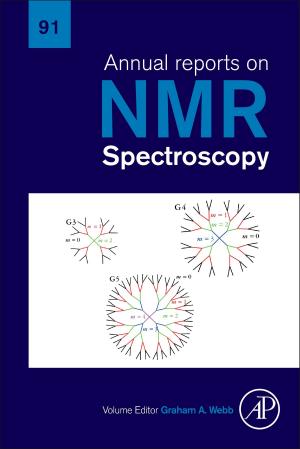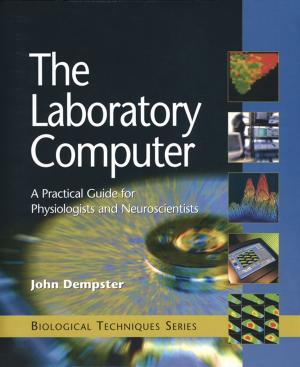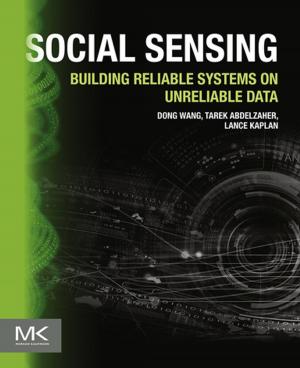Windows Forensic Analysis Toolkit
Advanced Analysis Techniques for Windows 7
Nonfiction, Computers, Networking & Communications, Computer Security, Operating Systems, Application Software| Author: | Harlan Carvey | ISBN: | 9781597497282 |
| Publisher: | Elsevier Science | Publication: | January 27, 2012 |
| Imprint: | Syngress | Language: | English |
| Author: | Harlan Carvey |
| ISBN: | 9781597497282 |
| Publisher: | Elsevier Science |
| Publication: | January 27, 2012 |
| Imprint: | Syngress |
| Language: | English |
Windows Forensic Analysis Toolkit: Advanced Analysis Techniques for Windows 7 provides an overview of live and postmortem response collection and analysis methodologies for Windows 7. It considers the core investigative and analysis concepts that are critical to the work of professionals within the digital forensic analysis community, as well as the need for immediate response once an incident has been identified.
Organized into eight chapters, the book discusses Volume Shadow Copies (VSCs) in the context of digital forensics and explains how analysts can access the wealth of information available in VSCs without interacting with the live system or purchasing expensive solutions. It also describes files and data structures that are new to Windows 7 (or Vista), Windows Registry Forensics, how the presence of malware within an image acquired from a Windows system can be detected, the idea of timeline analysis as applied to digital forensic analysis, and concepts and techniques that are often associated with dynamic malware analysis. Also included are several tools written in the Perl scripting language, accompanied by Windows executables.
This book will prove useful to digital forensic analysts, incident responders, law enforcement officers, students, researchers, system administrators, hobbyists, or anyone with an interest in digital forensic analysis of Windows 7 systems.
- Timely 3e of a Syngress digital forensic bestseller
- Updated to cover Windows 7 systems, the newest Windows version
- New online companion website houses checklists, cheat sheets, free tools, and demos
Windows Forensic Analysis Toolkit: Advanced Analysis Techniques for Windows 7 provides an overview of live and postmortem response collection and analysis methodologies for Windows 7. It considers the core investigative and analysis concepts that are critical to the work of professionals within the digital forensic analysis community, as well as the need for immediate response once an incident has been identified.
Organized into eight chapters, the book discusses Volume Shadow Copies (VSCs) in the context of digital forensics and explains how analysts can access the wealth of information available in VSCs without interacting with the live system or purchasing expensive solutions. It also describes files and data structures that are new to Windows 7 (or Vista), Windows Registry Forensics, how the presence of malware within an image acquired from a Windows system can be detected, the idea of timeline analysis as applied to digital forensic analysis, and concepts and techniques that are often associated with dynamic malware analysis. Also included are several tools written in the Perl scripting language, accompanied by Windows executables.
This book will prove useful to digital forensic analysts, incident responders, law enforcement officers, students, researchers, system administrators, hobbyists, or anyone with an interest in digital forensic analysis of Windows 7 systems.
- Timely 3e of a Syngress digital forensic bestseller
- Updated to cover Windows 7 systems, the newest Windows version
- New online companion website houses checklists, cheat sheets, free tools, and demos















